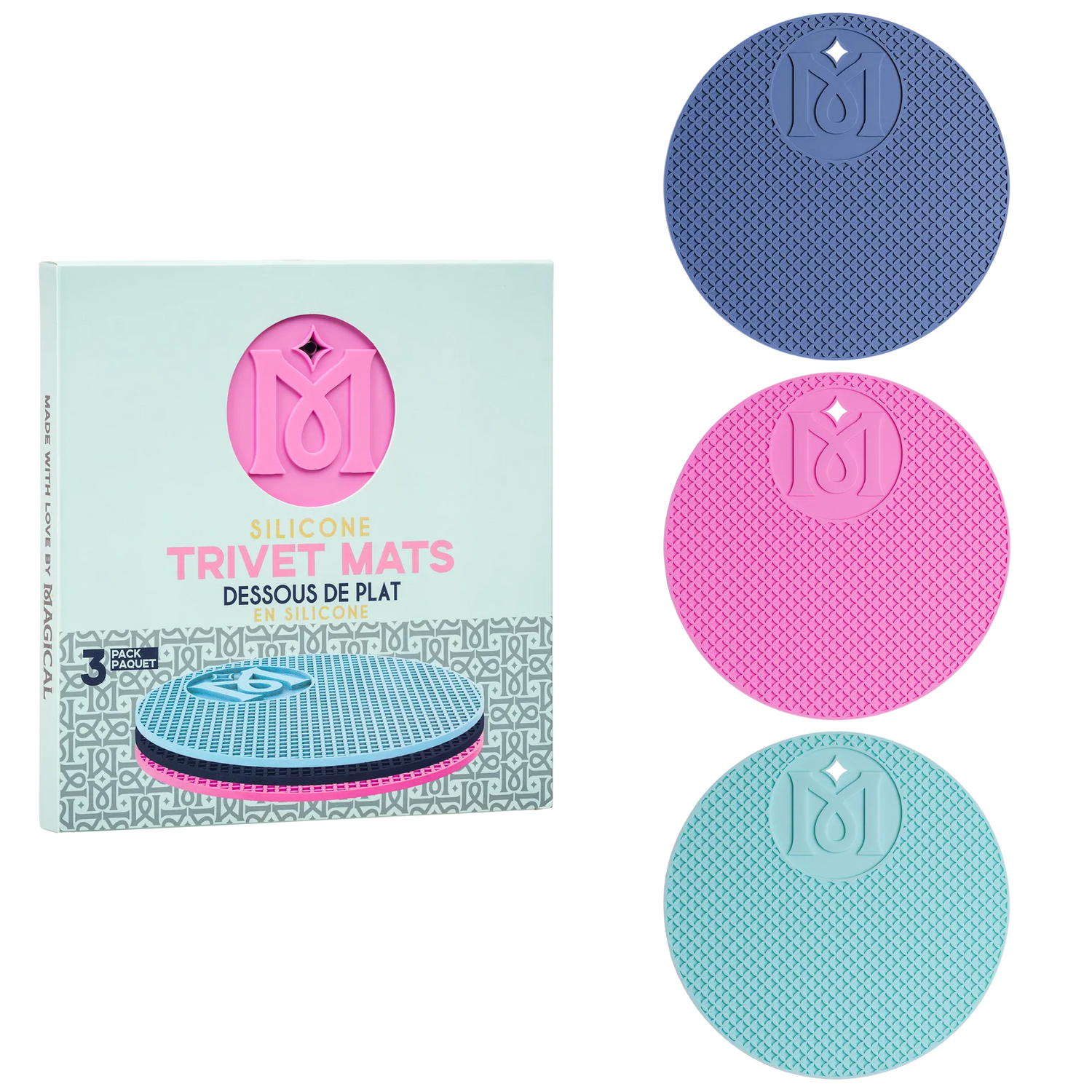The process of reconditioning a plant into a larger container to accommodate more root mass can be a traumatic event for plants. Careful planning and attention to detail helps minimize the risk of transplant shock which leads to consistent and healthy growth.
Size Matters
There are several factors a grower should keep in mind before subjecting a plant to this risk. First, the size of your mature plants depends on how much space the roots have to grow. If you have space restrictions, as many indoor growers do, it’s best to stay in the 1-5 gallon range. Plants grown outdoors receive considerably more light and have ample room to grow, so they can be placed in much larger containers or raised beds.
Ideally, it’s best to transplant as little as possible during a plant’s lifetime. For many growers, this is at the end of the seedling stage/beginning of the vegetative state or once a cutting has been successfully propagated and signs of root development are clear. At this point, you can wet the soil, dig a hole big enough to accommodate a rockwool cube/plug and gently push the soil against the sides of the roots. After doing so, make sure you water sufficiently.
Consistency Counts
It’s important to use the same type of growing medium throughout the transplanting process. Starting seedlings/clones in small rockwool cubes and placing them in a soil or coco media is fine, but stay clear of rockwool bigger than 1.5’’. The reason for this is that the root system stays wet longer than the surrounding growing media and the roots then have no incentive to reach for moisture and development slows to a crawl. This goes for growing media, too. I’m not saying you have to use the same brand, but make sure the media or soil you are moving the plant to has a similar body and structure, with similar base ingredients.
Mycorrhizal Magic
I highly recommend using a mycorrhizal inoculant such as Mykos when you transplant. This is one of the most effective and affordable supplements in any grower’s arsenal.
Mycorrhizae is a beneficial fungus that forms a symbiotic relationship around its host plant’s roots. Think of it as your roots’ best buddy. The way this friendship works is that the fungus is given on-demand access to a carbohydrate food source that is generated at the plant leaves. It then moves down through the roots and onto the helpful fungi. The plant benefits by taking advantage of the fungi’s highly absorptive structure, which is much finer than the smallest feeder root. The mycorrhizae can hold more moisture and nutrients than roots can. In addition, they can access soil nutrients that are not yet in a readily available form and can deliver them to their host plants.
Give the Roots a Boost
In addition to using mycorrhizae, you can apply a root enhancing supplement when you water in your new transplant. Rhizo Blast from Botanicare is proving to be very popular among our customers. Root enhancers are applied up until the flowering stage.
B Vitamins – Are they Really Necessary?
It has long been said that using a B vitamin along with your fertilizer will reduce transplant shock and promote new root growth. There’s a lot of skepticism around this belief and there have been many research studies that claim there is no visible benefit to the development of plants treated with B vitamins.
Still, B vitamin products have been selling for decades and many growers swear by them. We’ll let you decide if they’re right for you, but I wouldn’t lose any sleep over skipping this step.
When to Water
After you have slowly and evenly watered the new growing medium around the plant’s root ball, allow any runoff water to drain so the bottoms of the containers don’t become soggy. Now comes the easy part: WAIT!!! It could take your plant up to two weeks before it needs water again. Water needs depend on several factors, including: the size of the root mass, the size differential of the previous and current growing container, the porosity of your growing medium and the plant’s environment. Allowing the growing medium to go through a slightly dry cycle encourages the roots to grow downward in search of moisture. Dumping water on already moist soil will seriously hinder root development and create a soggy environment where soil pathogens can form and slowly kill off your plants. So be patient. Your plant doesn’t care about your schedule or understand your eagerness. Check in next month and we’ll go over proper watering techniques and procedures.





